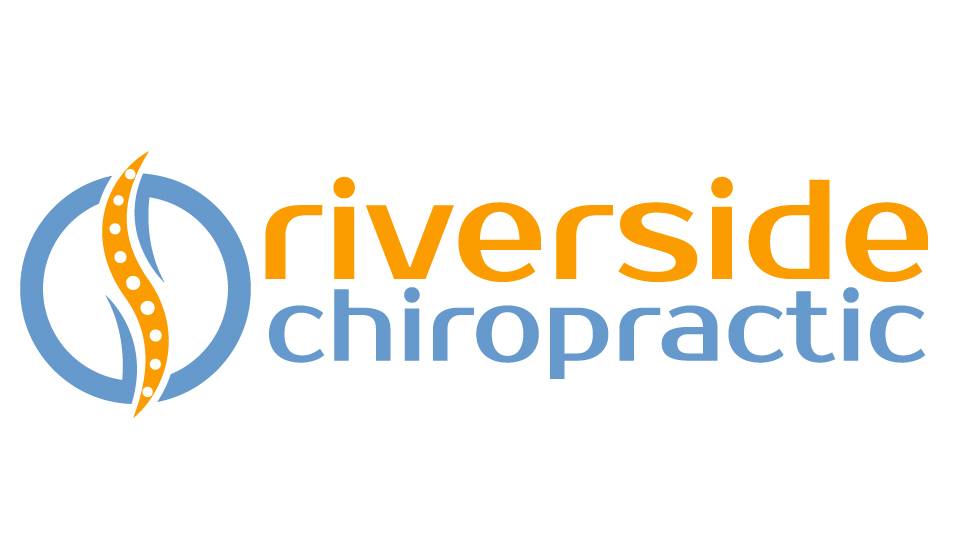Maintaining Good Back Health
You can develop habits that promote and maintain good back health. Here are 10 suggestions as you go about your daily activities.
Lift Safely
Safe lifting involves using your legs to spare your back. Bend your knees, tighten your abdominal muscles, and keep the object being lifted close to your body.
Minimise and Avoid Twisting Motions
The use of twisting motions should be carefully monitored, and scaled back or eliminated as appropriate. When lifting heavy objects, twisting should be avoided. When doing heavy work, such as housework, try to keep twisting to a minimum. In other activities, pay close attention to how you are moving your spine, as well as any warning signs such as pain or tightness, that may indicate trouble. Scale back on the twisting according to the warning signs your body gives you.
Drink Plenty of Water
Our bodies are comprised of approximately 70% water. Enough water keeps us fluid, rather than stiff. Drinking plenty of water enhances the height of intervertebral disks, keeping them the healthy shock absorbers they are. Water is necessary for nearly every bodily process so is good to have in generous supply, at least 6-8 8-ounce glasses per day. It is almost impossible to drink too much water.
Live an Active Life and Strengthen Your Core Muscles
Exercise and activity keep the muscles of the spine strong. The most important muscles to strengthen to avoid back pain are the core muscles. Include stretching in your fitness program to avoid stiffness, which causes pain. Another reason to stay flexible is that stiff muscles are a precursor to injury. Check out our core training blog post for some exercises, please consult with one of our chiropractors if you experience any pain or would like further exercises.
Maintain a Healthy Weight
Maintaining a healthy weight is generally an excellent way to prevent all kinds of diseases and discomforts. For the spine, it avoids compression and loading of the intervertebral disks, prevents postural abnormalities, such as anterior pelvic tilt, and interrupts a sedentary lifestyle, with its accompanying stiff and/or weak muscles.
Find the Best Sleeping Positions
Finding a sleeping position that works for you can help you avoid placing unnecessary strains on your back or neck. Sleeping on one's back or side are the best option for minimising stress on your spine.
Warm Up
For those who exercise, and that should be everyone, warm-ups are a must. Warm-up means 5-10 minutes of light aerobic activity just prior to the exercise session. The purpose of a warm-up is to acclimate the muscles to a more intense activity level gradually enough to prevent injury, and therefore, pain.
Cool Down
The cool down period after an exercise period must include stretching. During cool down, your muscles are still warm from exercising, and are very receptive to stretching. Stretching will be less painful during cool down, as well. Stretching relieves muscle tightness, which is one cause of back pain. Stretching also helps to balance the action of muscles, enhancing ideal alignment, and relieving joint strain. Incorporate our upper and lower body stretches into your cool down.
Purposely Interrupt Long Periods of Sitting
If you sit for long periods of time, force yourself to get up from your chair as much as your work environment will permit. Sitting loads the spine and compresses the disks, leading to disk problems. Where possible using a standing work station. Slaving over a computer for long periods of time can also cause posture problems, such as kyphosis, and neck problems.



